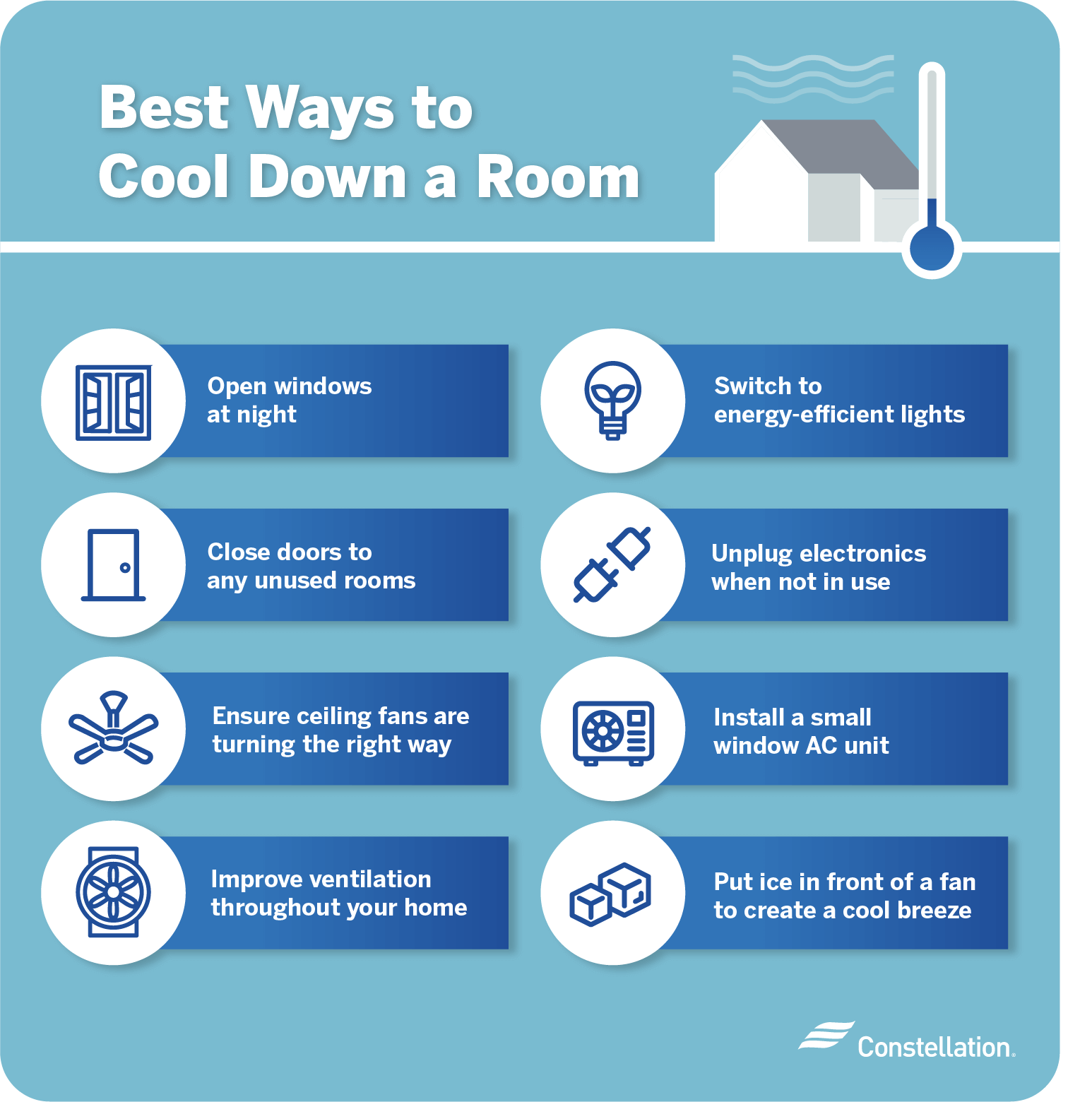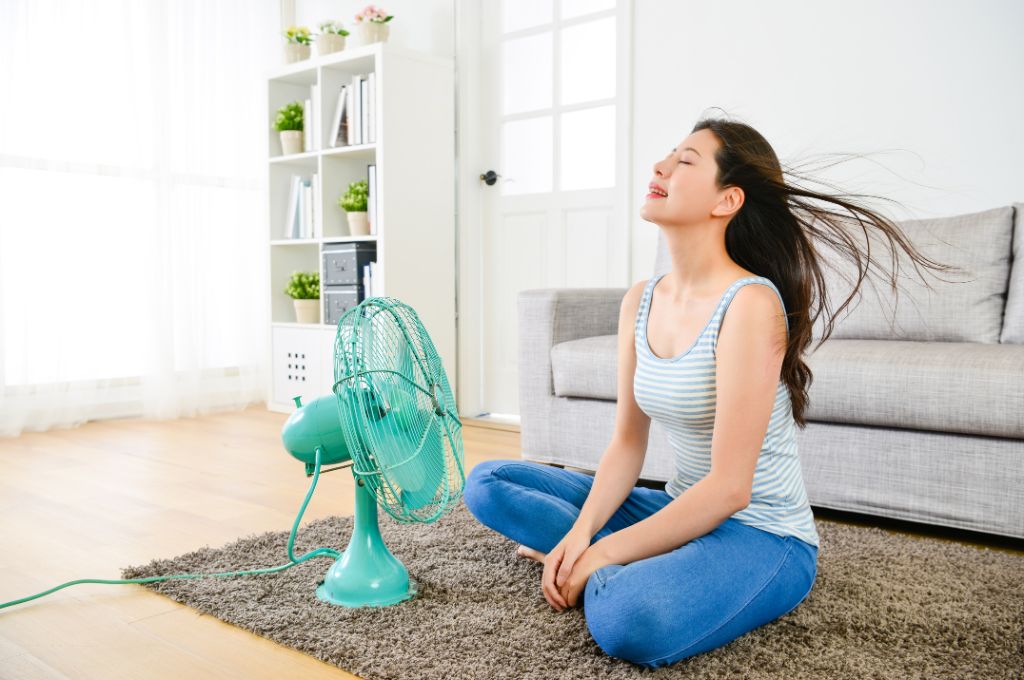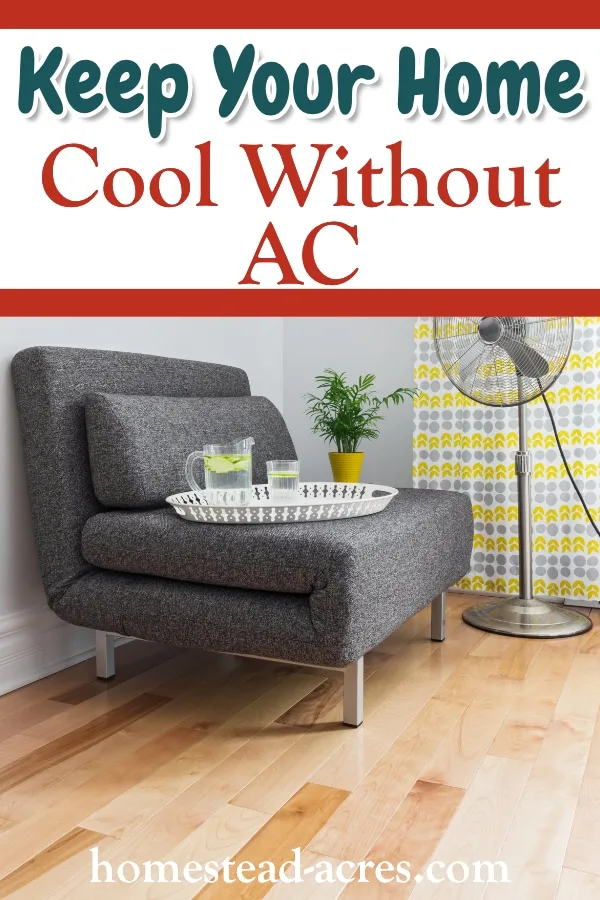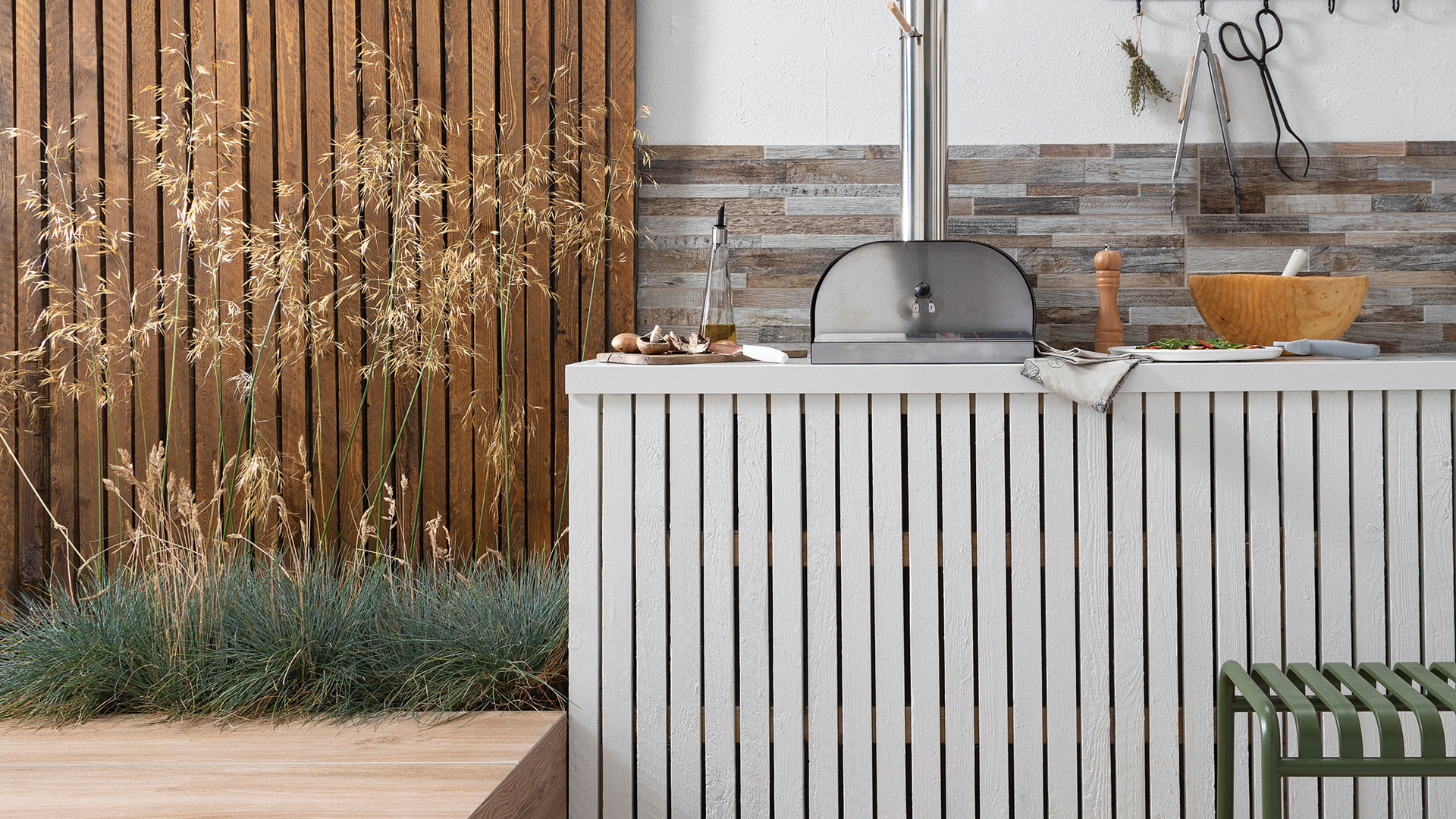How To Cool Off Room Without Ac

The air hangs thick and heavy, a shimmering curtain clinging to every surface. Outside, the sun beats down with relentless fury, turning sidewalks into griddles and turning cars into ovens. Inside, the fan whirs weakly, a valiant but ultimately futile attempt to stir the stagnant air. Beads of sweat trickle down your forehead as you search for a sliver of coolness, a whisper of respite from the oppressive heat.
Don't despair! Surviving, even thriving, in the sweltering heat without air conditioning is entirely possible. This article offers a comprehensive guide to keeping your living space cool, exploring practical strategies, clever tricks, and mindful habits to transform your home into a refreshing oasis.
Understanding the Science of Cool
Before diving into specific techniques, it's helpful to understand how cooling works. The goal isn't just to lower the temperature, but to manage heat transfer: preventing heat from entering and facilitating its exit.
This involves understanding the sources of heat: the sun beaming through windows, appliances radiating warmth, and even our own bodies.
Blocking the Sun's Rays
The sun is a major culprit when it comes to overheating homes. According to the Environmental Protection Agency (EPA), solar heat gain through windows accounts for a significant portion of residential cooling loads.
Heavy curtains, blackout blinds, or reflective window films can dramatically reduce this heat. Close these coverings during the hottest parts of the day, particularly on south- and west-facing windows.
Consider investing in insulated curtains, which provide an extra layer of protection against both heat and cold. These are especially beneficial for single-pane windows.
Ventilating Strategically
Proper ventilation is crucial for expelling hot air and drawing in cooler air. The key is to create airflow.
Open windows at night when the temperature drops, allowing cool air to circulate throughout your home. Close them in the morning before the heat builds up.
Position fans strategically to enhance airflow. Place a fan facing outward in a window to exhaust hot air, and another facing inward to draw in cool air.
For optimal cross-ventilation, open windows on opposite sides of your home. This creates a natural breeze that helps to cool the entire space.
Harnessing Evaporation
Evaporation is a powerful cooling process. Think of how you feel when you step out of a shower – the evaporation of water from your skin creates a cooling sensation.
You can replicate this effect in your home with simple techniques. A bowl of ice placed in front of a fan can create a refreshing mist.
Hang damp sheets or towels in front of open windows to cool incoming air. As the water evaporates, it lowers the temperature of the surrounding air.
Adjusting Your Daily Habits
Beyond physical strategies, small changes in your daily routine can make a big difference. Limit the use of heat-generating appliances during the hottest parts of the day.
Avoid using the oven, stovetop, or dryer during peak heat hours. Opt for cooler meals like salads and sandwiches, and hang clothes to dry outside.
Switch to LED light bulbs, which produce significantly less heat than incandescent bulbs. According to the U.S. Department of Energy, LEDs use at least 75% less energy and last much longer.
Cooling Yourself Directly
Sometimes, the best way to beat the heat is to focus on cooling yourself directly. Take cool showers or baths throughout the day to lower your body temperature.
Wear loose, breathable clothing made from natural fibers like cotton or linen. These fabrics allow air to circulate and help to wick away moisture.
Stay hydrated by drinking plenty of water, and avoid sugary drinks, which can actually dehydrate you. Carry a water bottle with you and refill it throughout the day.
Consider a personal cooling device, such as a portable neck fan or a cooling towel. These can provide targeted relief from the heat when you're on the go.
Embracing a Slower Pace
During periods of extreme heat, it's important to adjust your activities and embrace a slower pace. Avoid strenuous physical activity during the hottest parts of the day.
Find a cool place to relax, such as a shaded park or a library. Many public places offer air conditioning and are open to the public.
Take frequent breaks and listen to your body. If you start to feel overheated, stop what you're doing and find a way to cool down.
Optimizing Your Home's Design
If you're planning a home renovation, consider design elements that can help to keep your home cool naturally. Light-colored roofing materials reflect more sunlight than dark-colored materials, reducing heat absorption.
Planting trees and shrubs around your home can provide shade and help to cool the surrounding air. Deciduous trees are particularly effective, as they provide shade in the summer and allow sunlight to reach your home in the winter.
Consider installing awnings or overhangs over windows to block direct sunlight. These features can be particularly effective on south- and west-facing windows.
Community Resources and Support
During heat waves, many communities offer cooling centers – public spaces with air conditioning where people can go to escape the heat. Contact your local government or emergency management agency to find cooling centers in your area.
Check on elderly neighbors, friends, and family members who may be more vulnerable to the heat. Make sure they have access to water and a cool place to rest.
If you or someone you know is experiencing symptoms of heatstroke, such as confusion, dizziness, or nausea, seek medical attention immediately. Heatstroke is a serious medical condition that can be life-threatening.
The Psychology of Cool
Beyond the practical strategies, there's a psychological element to staying cool. Our perception of temperature is influenced by our mental state. Mindfulness and relaxation techniques can help us cope with the heat more effectively.
Focus on the positive aspects of summer: the long days, the outdoor activities, and the abundance of fresh produce. Visualize cool, refreshing scenes, such as a mountain lake or a shady forest.
Engage in relaxing activities, such as reading, listening to music, or spending time with loved ones. A calm and focused mind can help you better tolerate the heat.
A Final Reflection
Surviving the summer heat without air conditioning requires a combination of practical strategies, mindful habits, and a positive attitude. By understanding the science of cooling, adjusting your daily routine, and focusing on your mental well-being, you can transform your home into a refreshing oasis.
Remember, staying cool is not just about physical comfort; it's also about resilience, resourcefulness, and connection to the natural world. Embrace the challenge, experiment with different techniques, and discover what works best for you. You might just find that you can thrive, even when the mercury soars.
So, take a deep breath, sip some cool water, and remember that the heat, like everything else, is temporary. With a little ingenuity and a positive mindset, you can conquer the summer heat and enjoy all the season has to offer.


















